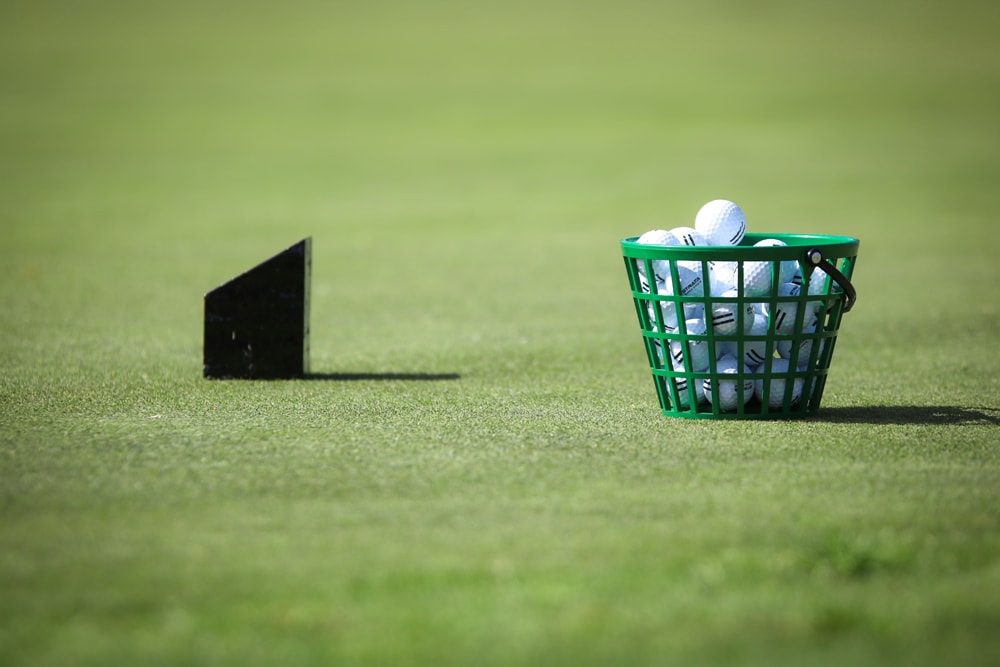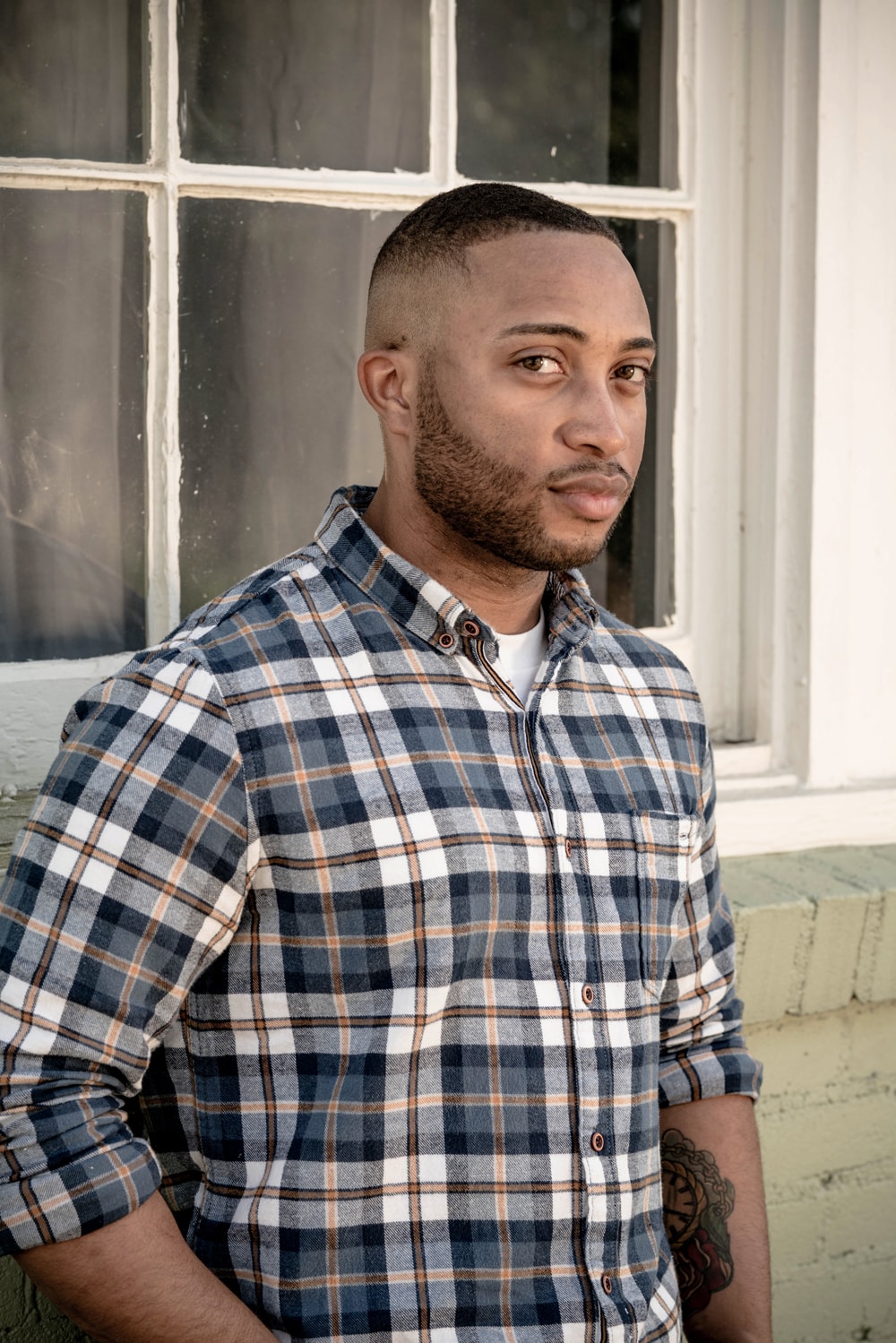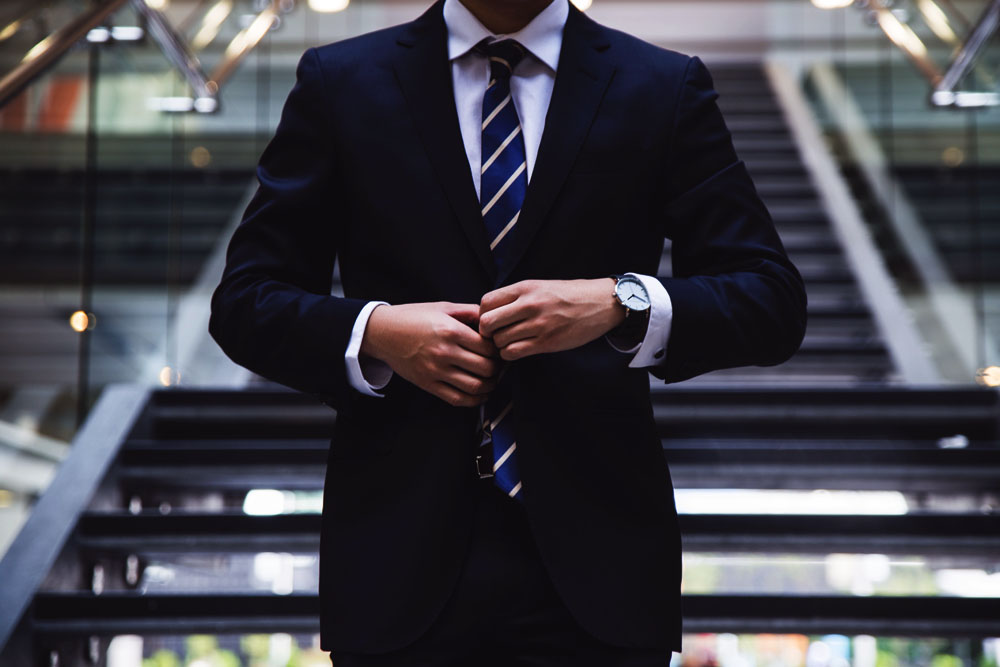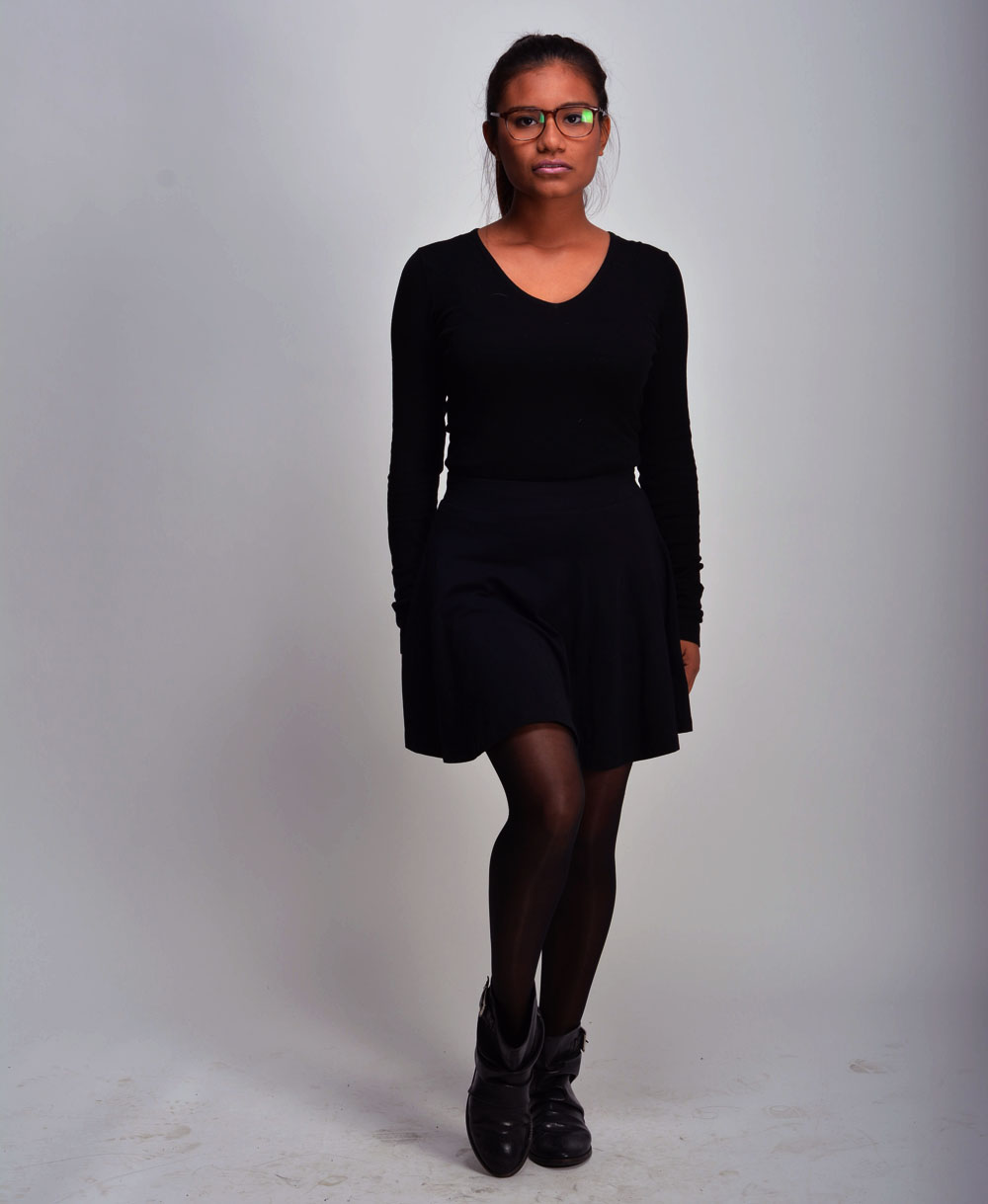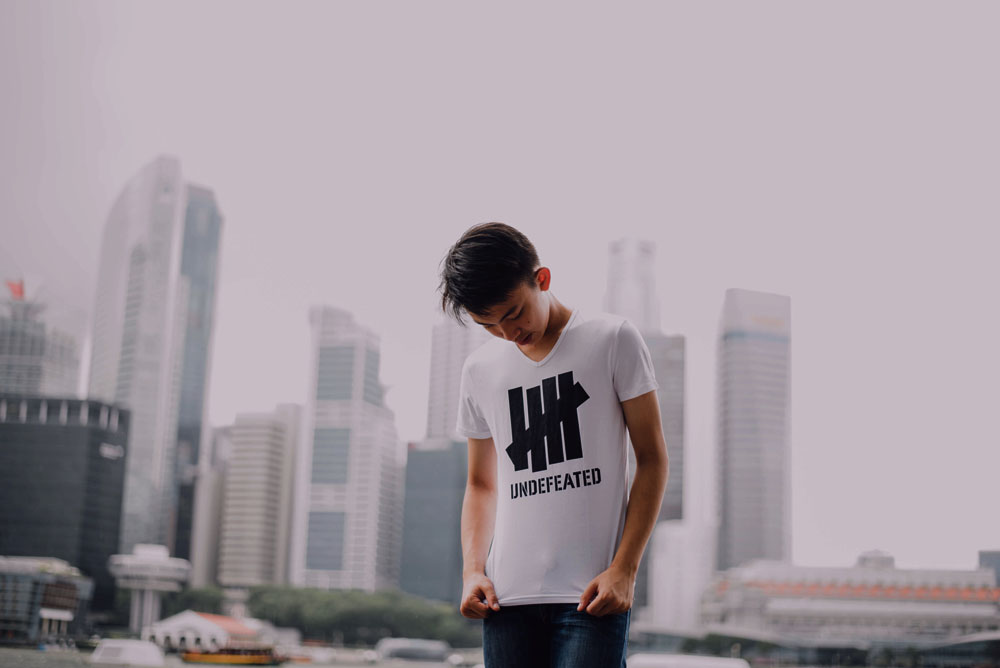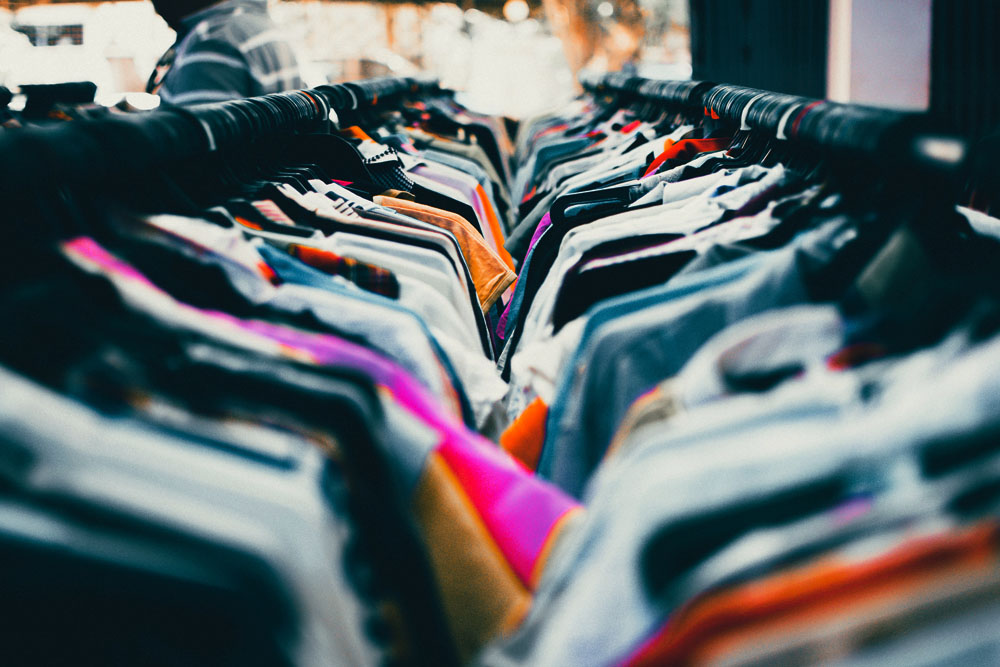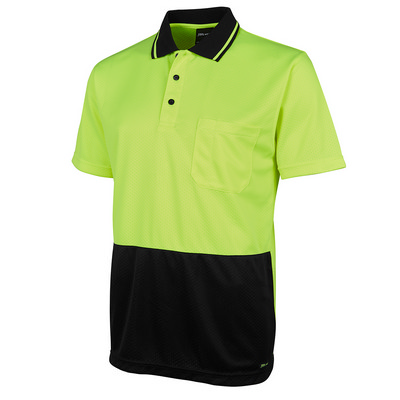
HOW MANY GOLF BALLS SHOULD YOU BRING FOR A ROUND OF GOLF
Are you planning to hit the golf course but you’re unsure of how many golf balls to bring? For amateur golfers who are new to the sport, this question is actually pretty common. The last thing you want is to run out of golf balls or carry a 40-pound bag with you. So, how do you find out how much golf balls you need? What kind of quality golf balls should you bring?We’ve rounded out 5 great tips to help you determine the right amount.

- Understand your playing style
The first thing you should do when figuring out how many golf balls to bring is to evaluate your playing style. Do you love taking risky shots? Or do you tend to lean on the conservative side? If you’re the former, then you may want to consider bringing more golf balls than you usually do. If you’re the latter, then you can get away with just bringing a handful of golf balls along the course.
Keep in mind that each round of golf you play will be different from one another. There will be rounds where you won’t lose a single ball and there will be rounds where you lose multiple balls on the same hole. Our advice is to think about your average round and factor in how many golf balls you actually lose. From there, you can add or reduce the number of balls you carry with you depending on your playing style.
- Consider your circumstances
After assessing what type of golfer you are, it’s time to think about the circumstances you’re playing in. For example, if the upcoming round is just about playing with your mates and having fun, then bringing a sleeve or two will suffice. But if the round is more of a competitive tournament, then it’s wise to stack up on golf balls as much as you can. You don’t want to run out of balls mid-round and risk embarrassing yourself in front of a whole crowd. Sure, you can borrow a ball or two from your competitors, but if you end up losing that ball, then you’re out of luck.
- Look up the weather conditions
Golf balls can end up in water hazards when you’re playing in rainy conditions. When packing your rain gear, consider adding a few additional sleeves as a safety net. Gale force winds can knock golf balls out of trajectory and add one stroke to your score. If the conditions are quite sunny, then you can make do with the amount of golf balls you carry with you on average.
- Always bring a sleeve with you
No matter what type of round you play in, always bring a sleeve with you. It doesn’t take a genius to know that bringing less than 3 golf balls is not the wisest of ideas. Of course, there will be days where you’ll hit every green and fairway, but it’s better to be prepared by adding an extra sleeve in your bag. Carry less than a sleeve with you and you’re bound to look for your last ball for 15 minutes while your mates are waiting on the tee. Worst case scenario, you get disqualified for losing the only 3 golf balls you have.
- Have confidence in yourself
It’s easy to get caught up on how many golf balls you should bring, but at the end of the day, it’s about how you play that matters. Ironically enough, overthinking about it can actually affect your play and you’ll probably end up shanking a ball mid-swing. That’s just the beauty of golf and it’s very unpredictable. Just be confident with your game and focus on your next shot. Pros play their ball one shot at a time, with an empty mind and a confident swing.
Being prepared helps with that. Knowing you brought the right amount of golf balls means you take more shots aggressively and put your own spin into each shot.
Other things to keep in mind
- Unlike golf clubs which limits players to just 14, there is no limit to how many golf balls you can carry with you.
- Aside from borrowing from other golfers, you can procure golf balls through other means when you run out like running to the pro shop to buy more.
- In high-level amateur and professional tournaments, golfers are limited to the ‘One Ball Rule’, meaning they can only use a single golf ball from a stipulated round. Same manufacturer, same model.
- If the tournament is played under the ‘One Ball Rule’ the golfer must procure or borrow the same model and manufacturer of the golf ball he used throughout the whole round.
Hopefully these tips will give you a good idea on how many golf balls you should stack up in your bag. Be prepared and you’ll have better chances of finishing strong in your next golf round.







